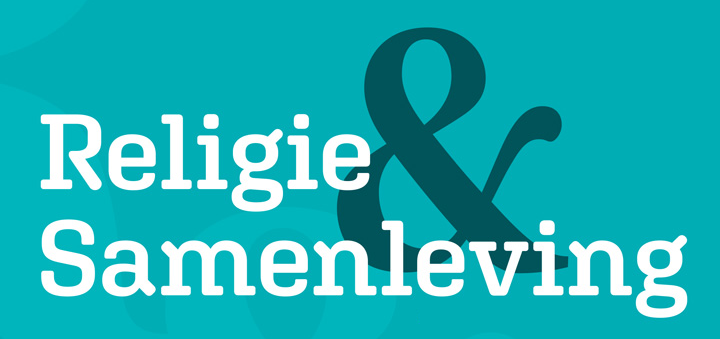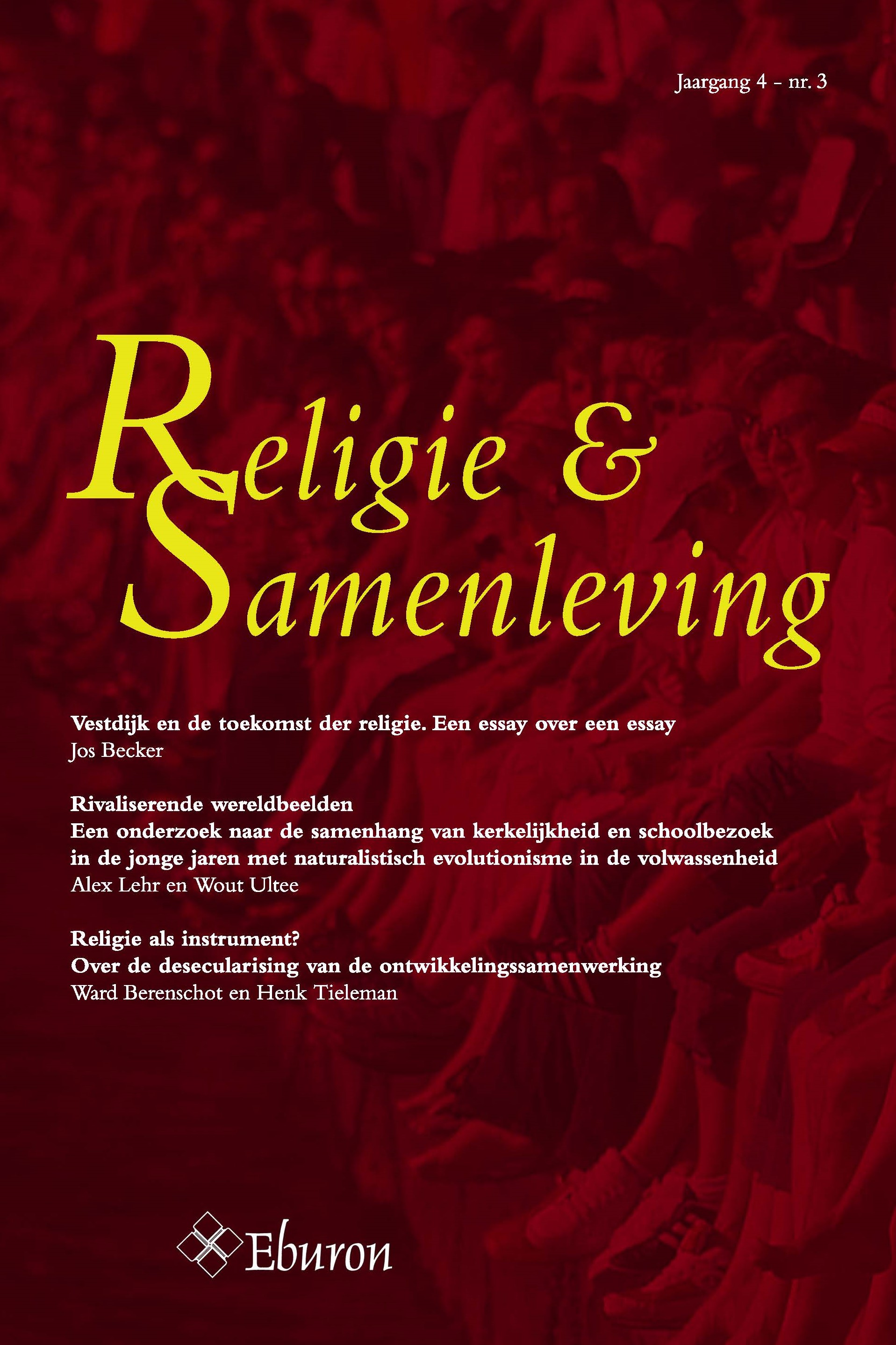Rivaliserende wereldbeelden
Een onderzoek naar de samenhang van kerkelijkheid en schoolbezoek in de jonge jaren met naturalistisch evolutionisme in de volwassenheid
DOI:
https://doi.org/10.54195/RS.13110Samenvatting
Rival worldviews
A study on the relationship of schooling and youthful religiosity with adult naturalistic evolutionism
This article reports on the relationship between the acceptance by adult Dutch persons of the view that the world results from divine intervention or other supernatural factors and their acceptance of a scientific worldview, which comprises the interpretation of the world by universal naturalistic principles, as well as Darwin’s principle of evolution. Using survey data for the early 21st century, we first answer the question of the extent to which grown-ups differ in their present acceptance of a scientific worldview. Secondly, we explain these differences using factors from a person’s educational and religious history. Thirdly, we answer the question of the extent to which the negative relationship between belief in a god or spiritual forces and the acceptance of a scientific world view is a byproduct of factors from a person’s past affecting belief and scientism in opposite ways, or indicates a logical tension between two worldviews. Our evidence indicates that in the minds of people these views do not square.




